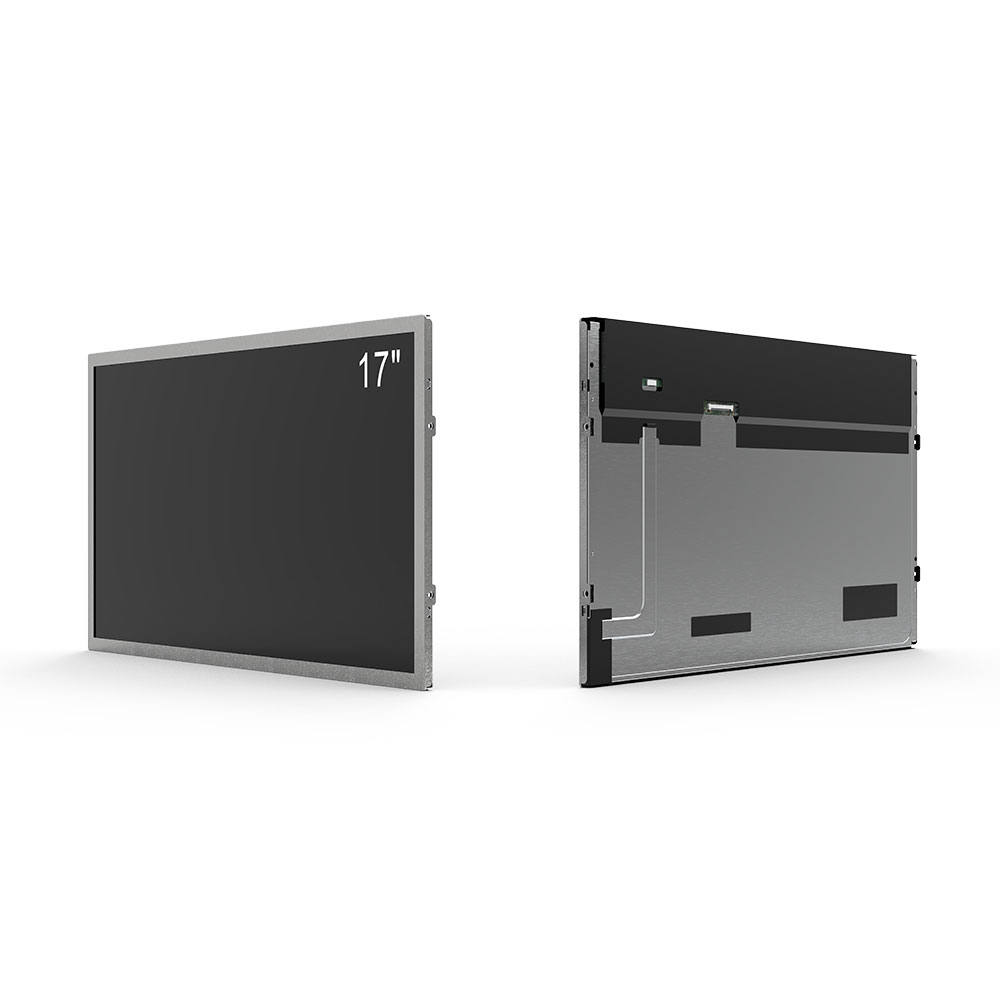
Privacy statement: Your privacy is very important to Us. Our company promises not to disclose your personal information to any external company without your explicit permission.
When deploying digital signage in outdoor environments, selecting the right LCD screen is critical—not only for clear visibility under varying lighting conditions but also for long-term durability against weather, temperature extremes, and physical wear. This decision directly impacts brand presence, audience engagement, and return on investment.
Introduction
Outdoor LCD screens are no longer just a luxury—they’re a necessity for retail, transportation hubs, public spaces, and event venues. Unlike indoor displays, outdoor units must withstand UV exposure, rain, humidity, and temperature fluctuations from -20°C to +60°C. According to the International Electrotechnical Commission (IEC), outdoor-rated displays must meet IP65 or higher ingress protection standards and be certified for solar radiation resistance. Failure to account for these factors results in premature failure, poor image quality, and increased maintenance costs.
Main Body

Key specifications to evaluate include brightness, contrast ratio, viewing angle, and display technology. For instance, modern LED-backlit LCDs with peak brightness of 5,000 nits or more are essential for sunlight readability—especially in direct daylight. The Society of Information Display (SID) recommends at least 3,000 nits for most urban applications, but 5,000+ nits ensure clarity even in extreme glare conditions like beachfront locations or highway billboards.
Additionally, panel type matters: IPS panels offer superior color accuracy and wide viewing angles (up to 178°), while VA panels provide higher contrast ratios (often 3,000:1 vs. 1,000:1). For high-traffic areas like airports or train stations, ruggedized aluminum enclosures with fanless cooling systems prevent dust buildup and reduce noise—a requirement for ADA-compliant installations.
Thermal management is another often-overlooked factor. Industrial-grade heat dissipation solutions, such as vapor chamber cooling and smart thermal sensors, maintain optimal operating temperatures. In one case study by LG Electronics, an outdoor screen installed in Dubai’s desert climate lasted over 7 years using passive thermal design instead of active fans, reducing maintenance by 40%.
Finally, connectivity and remote management capabilities should not be underestimated. IP65-rated enclosures combined with PoE (Power over Ethernet) support enable secure, scalable deployment across large sites without complex cabling.
Conclusion
Choosing the right outdoor LCD screen demands a balance between technical performance, environmental resilience, and operational efficiency. By prioritizing brightness, panel quality, thermal stability, and smart connectivity, businesses can future-proof their digital signage investments. As outdoor advertising becomes increasingly data-driven, selecting a display that meets global standards—such as IEC 60068 and EN 60950—ensures both compliance and long-term reliability.
2025-07-31
49-Inch Mirror Monitor LCD Display2025-07-31
1000 Nits 10.1 Inch TFT LCD Display Panel2025-08-01
High Brightness LCD For Bus Stop 65 InchesEmail to this supplier

Privacy statement: Your privacy is very important to Us. Our company promises not to disclose your personal information to any external company without your explicit permission.